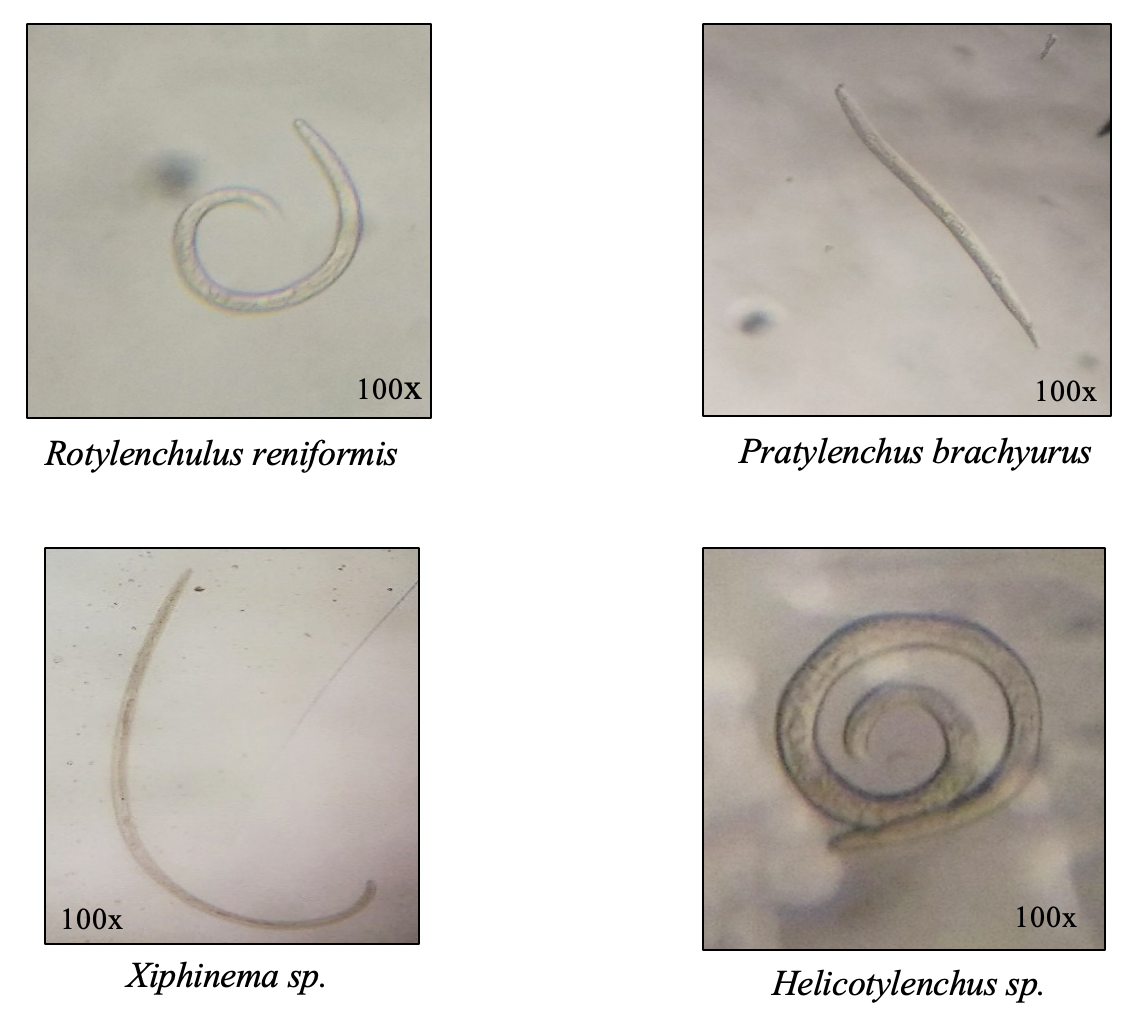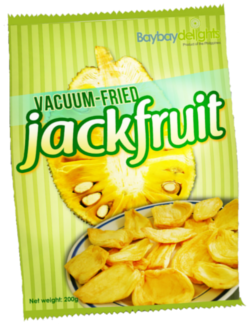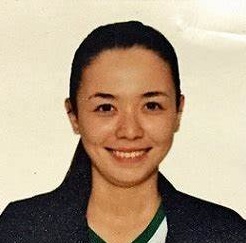Informational
Department of Mathematics, Physics and Statistics
GRADUATE FACULTY
- Teaching Faculty
 |
Norberto E. MillaAssociate Professor IV |
Highest Degree Attained
|
||
Specialization |
||
Research Interest
|
||
Role
|
||
Status of Appointment
|
Edilberto Gonzaga Jr.Assistant Professor I |
Highest Degree Attained
|
||
Specialization |
||
Research Interest |
||
Role
|
||
Status of Appointment
|
Plant Parasitic Nematodes Associated with Queen Pineapple
 Plant-parasitic nematodes are pests of agricultural crops and cause crop yield reduce when the roots are damaged. Pineapple is extremely sensitive to root feeding nematodes. Four genera of plant parasitic nematodes were found to be associated with Queen pineapple such as Rotylenchulus reniformis, Pratylenchus brachyurus, Xiphinema sp. and Helicotylenchus sp. as soil samples were collected and isolated.
Plant-parasitic nematodes are pests of agricultural crops and cause crop yield reduce when the roots are damaged. Pineapple is extremely sensitive to root feeding nematodes. Four genera of plant parasitic nematodes were found to be associated with Queen pineapple such as Rotylenchulus reniformis, Pratylenchus brachyurus, Xiphinema sp. and Helicotylenchus sp. as soil samples were collected and isolated.
Baybay Delights Vacuum Fried Jackfruit

Why Baybay Delights?
Baybay Delights is the name given to vacuum-fried and dehydrated jackfruit snacks that retain the natural smell, color, and sweetness of a well-chosen jackfruit variety, the EVIARC Sweet of the Department of Agriculture in Eastern Visayas, Philippines.
The Baybay Delights is a dream-come-true for all Baybayanons to have a delicacy they can call their own.
Healthy Delight in Every Bite!
Jackfruit is rich in dietary fiber which makes it a good laxative. also rich in anti-oxidant and vitamin C., it is one of the best fruit for the body
Jackfruit: the Proud Crop of Region 8, Philippines
The Department of Agriculture Field Unit No. 8 (DA-RFU-8) chose jackfruit in 1996 as its banner crop under the High Value Commercial Crop (HVCC) program. Under the Jackfruit Research and Development Program, the varietal collection and selection started. This resulted to the establishment of the Jackfruit Germplasm Collection. Selected varieties were mass produced and introduced to interested farmers under the Plant Now Pay Later (PNPL) Program. Five to six years later, the jackfruit plants under the PNPL program have started fruiting.
Department of Plant Breeding and Genetics
Graduate Faculty
- Teaching and Research Faculty
 |
Dilberto O. FerrarenProfessor IV |
Highest Degree Attained
|
||
Specialization |
||
Research Interest |
||
Role
|
||
Status of Appointment
|
- Teaching Faculty
 |
Jedi Joy B. MahilumInstructor III |
Highest Degree Attained
|
||
Specialization |
||
Research Interest |
||
Role
|
||
Status of Appointment
|
 |
Marissa B. BarbosaInstructor |
Highest Degree Attained
|
||
Specialization
|
||
Research Interest
|
||
Role
|
||
Status of Appointment
|
 |
Jovannemar P. AnireInstructor |
Highest Degree Attained
|
||
Specialization |
||
Research Interest |
||
Role
|
||
Status of Appointment
|
 |
Rommel M. Garrido Jr.Instructor |
Highest Degree Attained
|
||
Specialization |
||
Research Interest |
||
Role
|
||
Status of Appointment
|
 |
Julien R. DeroyInstructor I |
Highest Degree Attained
|
||
Specialization |
||
Research Interest |
||
Role
|
||
Status of Appointment
|
 |
Trisha Jade C. AciloInstructor |
Highest Degree Attained
|
||
Specialization |
||
Research Interest |
||
Role
|
||
Status of Appointment
|
 |
Jerry B. SanguillosaAssistant Professor IV |
Highest Degree Attained
|
||
Specialization
|
||
Research Interest
|
||
Role
|
||
Status of Appointment
|
Department of Computer Science & Technology
GRADUATE FACULTY
- Teaching Faculty
 |
Winston M. TabadaProfessor III |
Highest Degree Attained
|
||
Specialization |
||
Research Interest
|
||
Role
|
||
Status of Appointment
|

